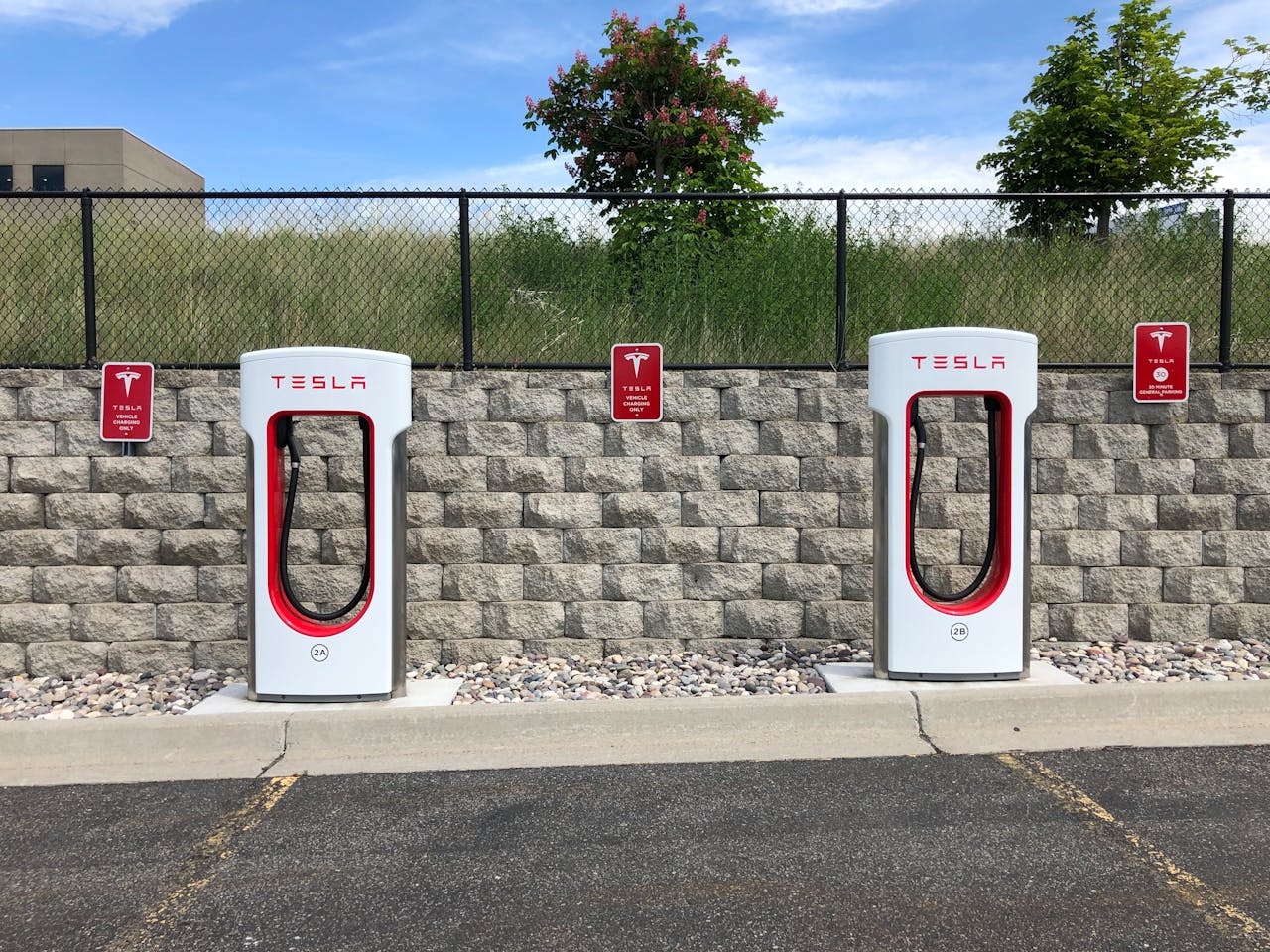Charging into Profits: Business Models for Success in the EV Era
The electric vehicle (EV) revolution is entirely a success story, with the sales that they brought about, and the optimal use of renewable energy that replaced, having an irrefutable impact on customers’ choice and the environment. This surge in electric vehicles has paved the way for the countless possibilities in the business sector mainly in the provision of the fresh need for the growing infrastructure charging market to the public. On the downside, such a path also demands the business owners to be well aware of the changes in the market and to have the right strategies in place.
Navigating the Charging Landscape: Different Needs, Different Solutions
EV charging is not a single solution for all people. As the needs of the drivers, systems letting them charge their electric vehicles vary, and charging stations installed do, there is a range of charging locations:
Residential Charging: The majority of electric vehicle owners are recharging their vehicles overnight at their house, and these are done using Level 2 chargers, which convert the electricity quicker than a regular outlet. Businesses only stand a low chance of getting the profit from that particular way of doing things.
Workplace Charging: Sharing eco-friendly facilities with workplaces are some of the ways to attract and retain employees who are concerned about the environmental aspect as well as enable electric vehicle usage. This mode can help businesses to achieve higher employee satisfaction and even attract talented persons.
Destination Charging: Shopping venues, canteens, and amusement parks can put up Level 2 chargers that could tempt the customers to stay for a while longer especially if the chargers make their activities untied. This action fosters the length of time the customer is there and can, in fact, be the reason for more income coming in.
Corridor and Destination DC Fast Charging: Fast DC chargers are positioned in strategic locations such as along major roadways and at final destinations to facilitate those who want to do long distances or just pop in for a quick charge. The idea could be very beneficial, however, the scale of the problem and the fact that people may not need charging if they do not move from place to place must be considered.
Business Models for EV Charging Infrastructure
Here are some of the key business models that are emerging in the commercial ev charging stations:
Direct Sales and Installation: This method requires the sale of the chargers to the clients and their installation as well. It is earned from the equipment sales, installation fees, and possibly the maintenance of the contracts.
Charging Network Operator: It refers to the firm that is responsible for creating and operating the stations within a charging network. They charge their clients according to how much power they use and can sometimes have subscription plans. The whole issue is with the efficient use of the infrastructure that these companies have and good positioning to attract customers.
Utility Partnerships: Such companies can also team up with governments and businesses to establish and keep charging stations. Due to EXISTING facilities and expertise in this field, they can provide electricity at the cost and thus create a means of getting more new buyers in their power sector.
Retail Amenity: Businesses such as gasoline stations, pastry shops, and grocery stores can present EV charging as a customer service. Naturally, not only by means of direct climate policies but by revamping the offer of public transport, energy management, and land use, a reduction in greenhouse gasses can be achieved. While the actual activity may be nothing but an expense, it is a pull factor for other people to come to the shop and eventually utilize the services provided there.
Strategies for Success in the EV Charging Market
To thrive in the EV charging market, consider these important factors:
Location, Location, Location: Ensuring that the chargers are placed in places where the EV drivers are ensuring that chargers are placed according to the maximum available spot is critical. For example, high-traffic areas, convenient locations for destination charging, and key points to travel routes are the best places where chargers should be installed.
Utilization Rates: Making the most use of the charging stations is the main key to success. Therefore, new ideas should be developed to attract more customers. For example, one of the innovative solutions to the adherence of customers to the station can be the application of dynamic pricing models, reservation systems, and partnerships with businesses that attract a constant flow of potential customers.
Technology Integration: Applying charging technologies such as smart charging that have easy user interfaces, real-time availability, and seamless payment options, at the same time, improving the customer buying experience and ensuring repeat business.
Sustainability Integration: By collaborating with renewable energy sources to generate electricity needed to run the charging points, this can be one way of a solution to climate-warming problems and a guaranteed product to attract new customers.




























